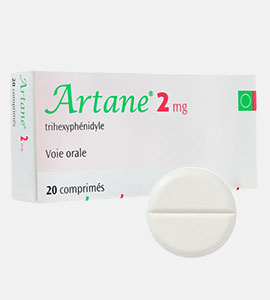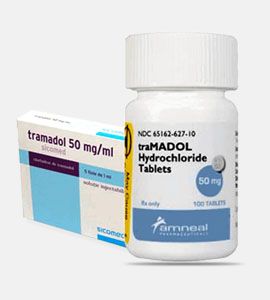Description
Common use
Paracetamol is applied as an analgesic and antipyretic. It reduces fever and relieves pain.
In combination with other medicines, paracetamol could be used in other cases. It can be also prescribed to patients for whom NSAIDs are contraindicated.
Dosage and direction
Take Paracetamol by mouth with a glass of water, with or without food. Avoid cutting, crushing or chewing this medicine.
Do not take the medicine more often than it is prescribed. Do not give up taking it except on the advice of your doctor.
It may need time for medicine to help.
Consult your doctor concerning the proper dose for you.
Precautions
Before taking Paracetamol tell your doctor or chemist if you are allergic to it; or if you have other allergies.
Avoid drinking alcohol and smoking while being treated with this medication.
Aged people can be more sensitive to the side effects of the medicine.
Inform your doctor if you have kidney or liver problems, high blood pressure; if you are pregnant or breast-feeding.
Contraindications
Paracetamol should not be used by patients having demonstrated a reaction of hypersensitivity to it.
Possible side effect
The usage of Paracetamol rarely brings to side effects. But prolonged or habitual use of it may lead to liver damage or failure.
Many people using this medicine do not have serious side effects.
Turn to your doctor or pharmacist for more details.
In case you notice the effects not listed here, contact your doctor or pharmacist.
Drug interaction
Tell your doctor or pharmacist of all prescription and nonprescription/herbal products you may use before using this medication.
Paracetamol can interact with:
* NSAIDs of the salicylate family (Aspirin)
* medicines for pain and inflammation (ibuprofen or naproxen)
* medicines that treat or prevent blood clots (warfarin)
* oral contraceptives.
Turn to your doctor or pharmacist for more details.
Missed dose
If you have missed your dose, take it as soon as you remember. If you see that it is near the time for the next dose, skip the missed dose and resume your usual dosing schedule. Do not take your dose twice.
Overdose
If you think you have used too much of this medicine seek emergency medical attention right away. The symptoms of overdose usually include chest pain, nausea, irregular heartbeat, and feeling light-headed or fainting.
Storage
Store your medicines at room temperature between 68-77 degrees F (20-25 degrees C) away from light and moisture. Do not store your drugs in the bathroom. Keep all drugs away from reach of children and pets.



